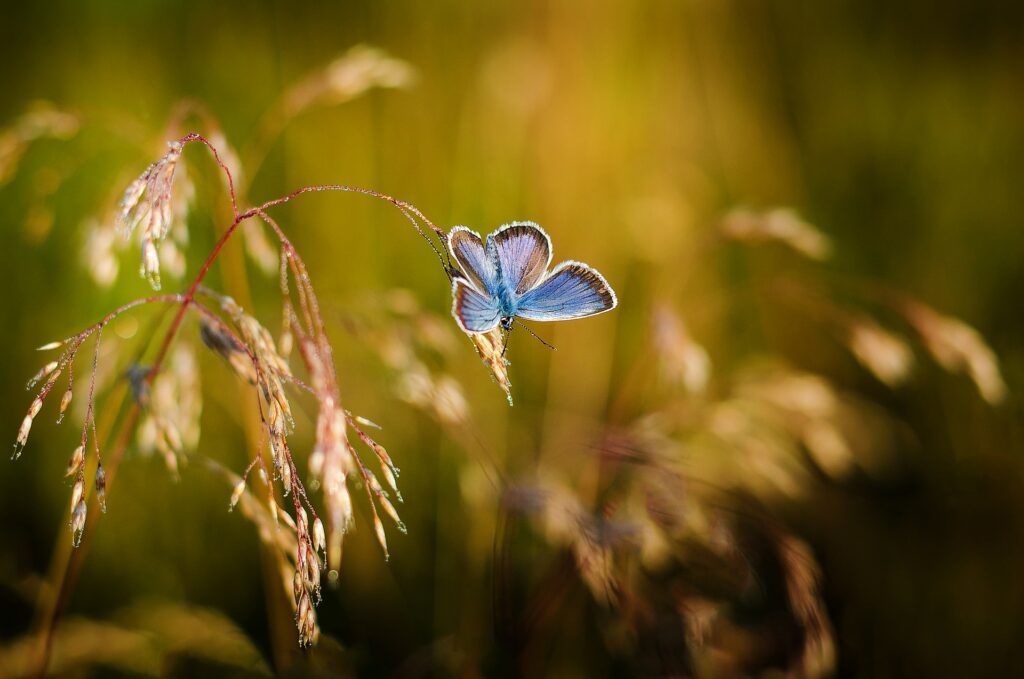New research shows that butterflies in the UK (and perhaps everywhere else in the world) are at greater risk of decline due to climate change than other species.

Most butterflies are ectotherms. This means that, similar to reptiles, they can’t create their own body heat, and need to absorb it from their environment. It’s not about warming up, either — butterflies also need to use their environment to cool down, chiefly by seeking out shady areas.
Given that average temperatures and weather patterns are bound to change as the climate heats up, this trait could place butterflies at a higher risk of extinction, as they may struggle to maintain an appropriate body temperature.
Too hotterflies
“As we plan conservation measures to address the effects of climate change, it will be important to understand not only the habitat requirements of different butterfly species, but also their temperature requirements,” said Dr. Ed Turner from the University Museum of Zoology, Cambridge, lead author of the paper.
Two-thirds of the UK’s butterfly species are already in decline, the team writes, mostly due to habitat loss and fragmentation. Climate change is only going to amplify these issues as ecosystems around the world shift and adapt to the new conditions, or simply buckle under the stress. The greater frequency and intensity of extreme weather events we’re bound to see in the future will also negatively affect butterflies, the team writes.
The current paper explains that there are significant differences in the ability of individual butterfly species that live in the UK to withstand such changes. Some species rely more heavily on environmental shade to cool down, for example, and these face the greatest risk. The findings are based on nearly 4,000 wild butterflies across 29 species captured using hand-held nets in the UK. The temperature of these insects was recorded using a fine probe then compared to the temperature of the air around them, or that on the perch where they were found. This data, the team explains, helped us understand the degree to which buterflies use their environment to regulate their temperatures.
Larger and more pale species of butterflies should fare the best, the team explains, as they can better manipulate incoming sunlight (and thus, heat) from their large, reflective wings. These insects angle their wings in relation to the sun and perform motions that directs heat towards or away from their bodies. Even today, such species have either stable or growing populations.
More colorful species have a harder time controlling their temperature using the same approach, the team explains. Worse-off are butterflies that are both colorful and tiny, they add, who have virtually no natural ability to control their body heat and must rely almost completely on their environment for the task.
Some buterfly species rely finding spots with specific termperature within a landscape (known as “microclimates”) to regulate body heat. A shady patch of ground is noticeably cooler than one in full sunlight, for example, and some species rely extensively on these small differences to keep internal heat just right. Sadly such species, including Brown Argus (Aricia agestis) and Small Copper (Lycaena phlaeas), have seen the worst declines over the last four decades — and are likely to fare the worst in the future.
Protecting these species can be as simple as ensuring a high diversity of landscape, the team argues. Diverse landscapes have nooks and crannies that allow for a much greater variability in microclimates, ranging in scale from centimeters (such as ditches, hedges, or flower patches) to kilometers (such as hillsides or ravines).
So why would we care about the butterflies? Well for one, they’re an integral part of today’s ecosystems, and their going extinct would impact all the species that rely on them as prey. But butterflies are also important pollinators, fertilizing around 85% of the plant species that serve as food crops in the UK, according to the team. Protecting them would thus help ensure our food security in the future, and make agriculture more resilient to shocks (as having several species of pollinators available is much safer than having a single one).
Insects, including butterflies, pollinate around 85% of our food crops—providing a vital service worth billions of pounds globally. Protecting a diverse range of species will provide long-term resilience: if numbers of one species fall there are others to fill the gaps. Insects are also an important food source for many other species, including birds.
We need to make landscapes more diverse to help conserve many of our butterfly species. Even within a garden lawn, patches of grass can be left to grow longer—these areas will provide cooler, shady places for many species of butterfly,” says Dr. Andrew Bladon, a Postdoctoral Research Associate in the University of Cambridge’s Department of Zoology, and first author of the report.
“In nature reserves, some areas could be grazed or cut and others left standing. We also need to protect features that break up the monotony of farm landscapes, like hedgerows, ditches, and patches of woodland.”
The findings, while focusing on buterflies, point to a much larger problem. Insects overall are struggling all over the world due to human activity, and climate change is poised to make their life even harder. Natural ecosystems and our very way of life are directly underpinned by insects — so if they go, we’ll probably go with them.
The paper “How butterflies keep their cool: Physical and ecological traits influence thermoregulatory ability and population trends” has been published in the Journal of Animal Ecology.









